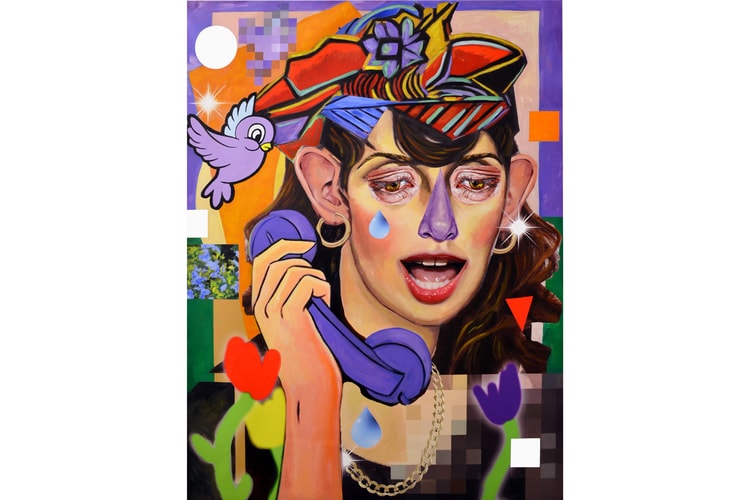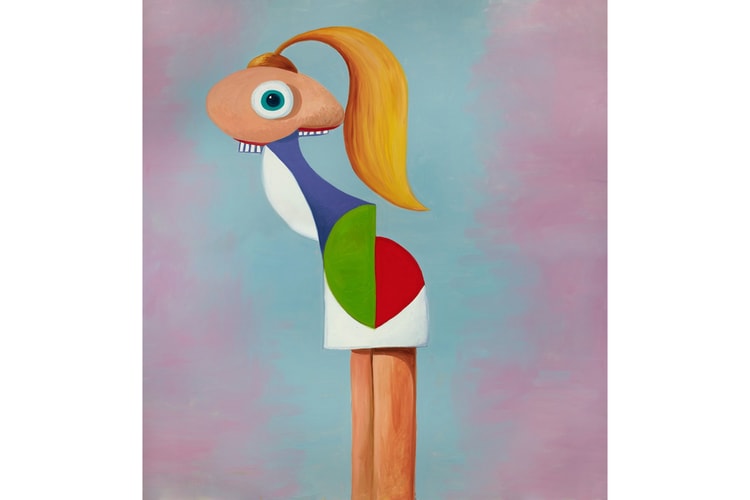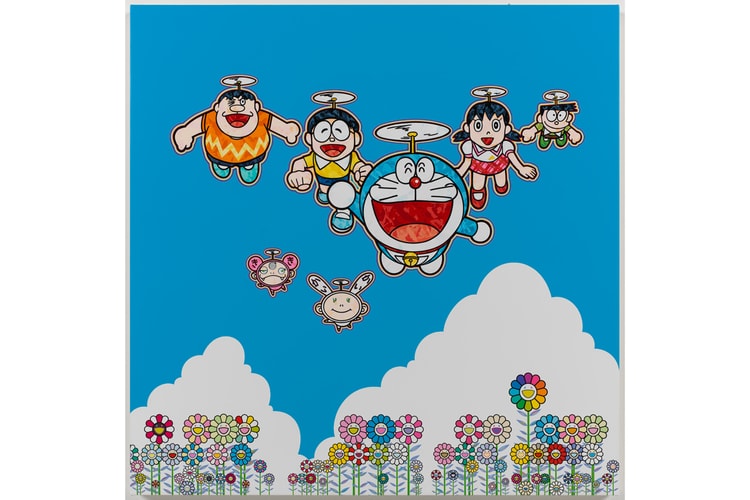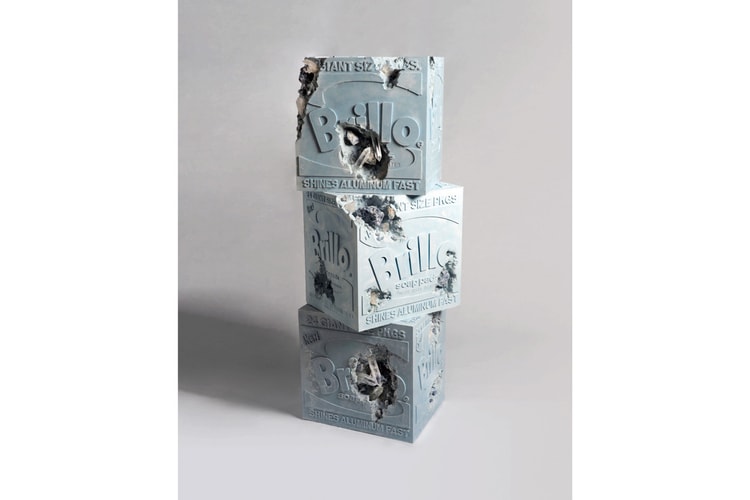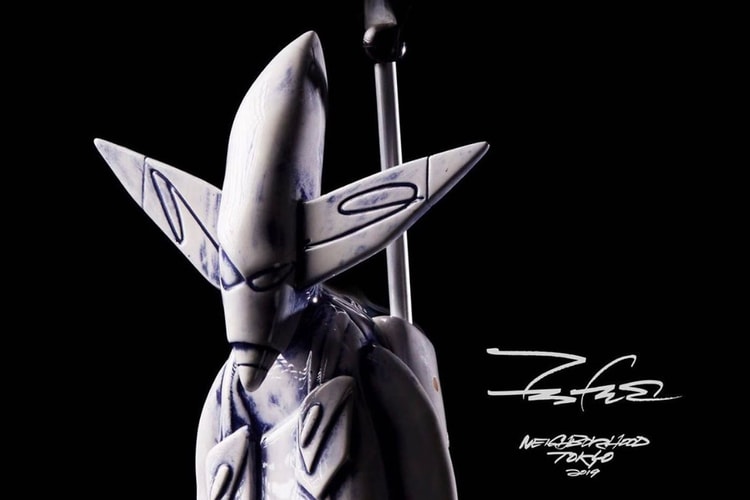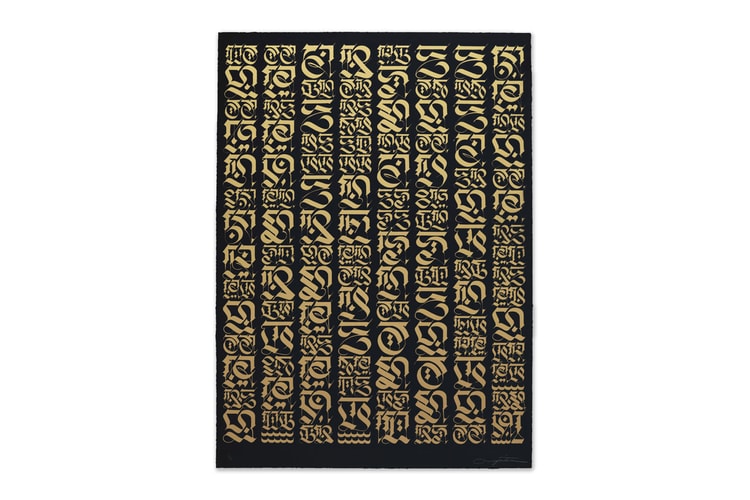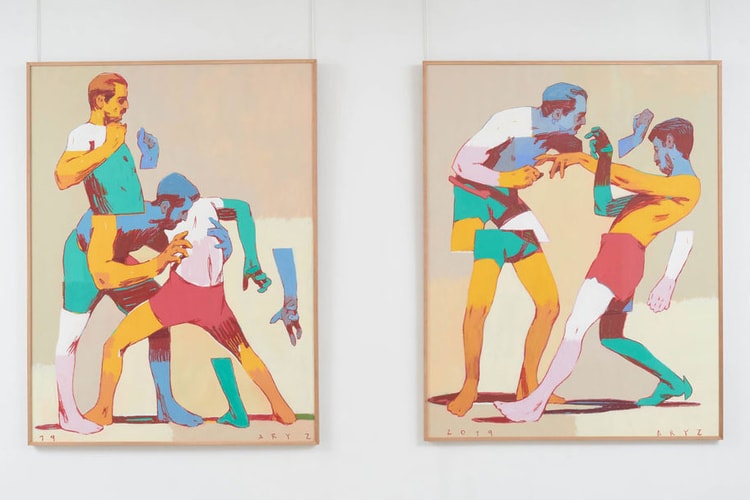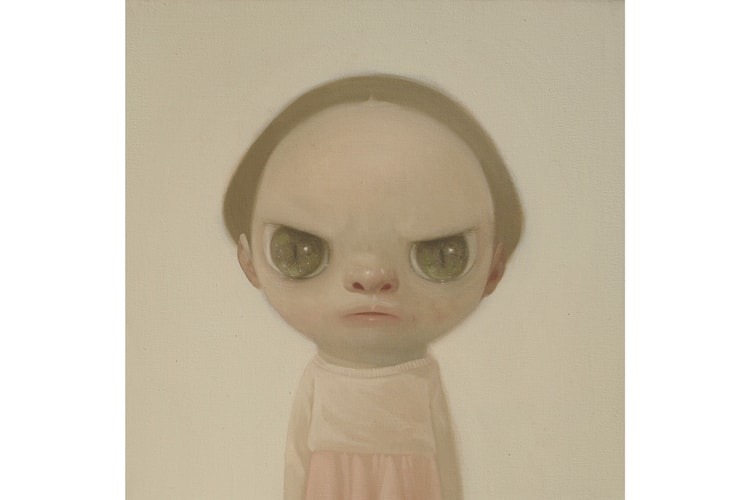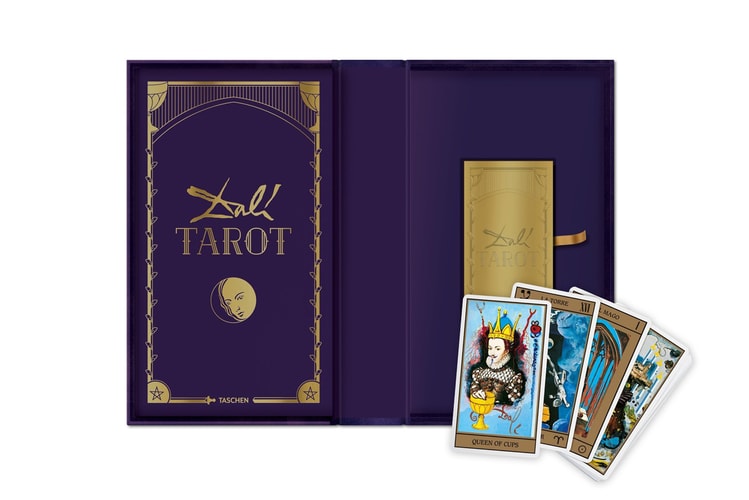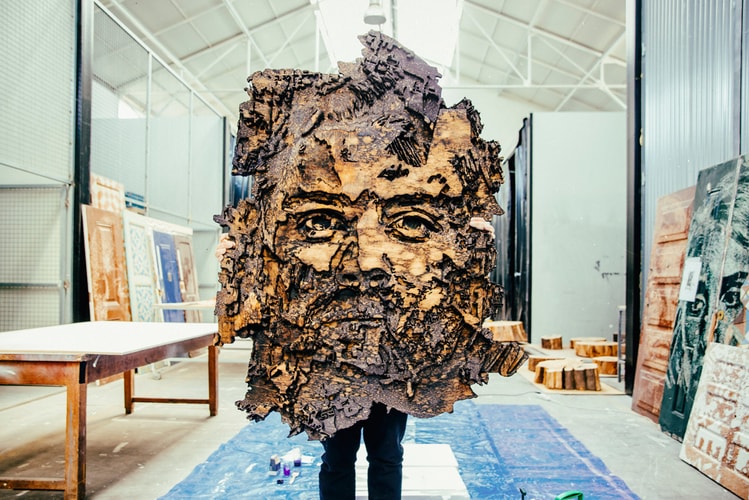Daido Moriyama Discusses Radical Shooting Style, Iconic Photos & New Hong Kong Exhibition
The legendary Japanese street photographer is the focus of a new survey at Simon Lee Gallery, Hong Kong.
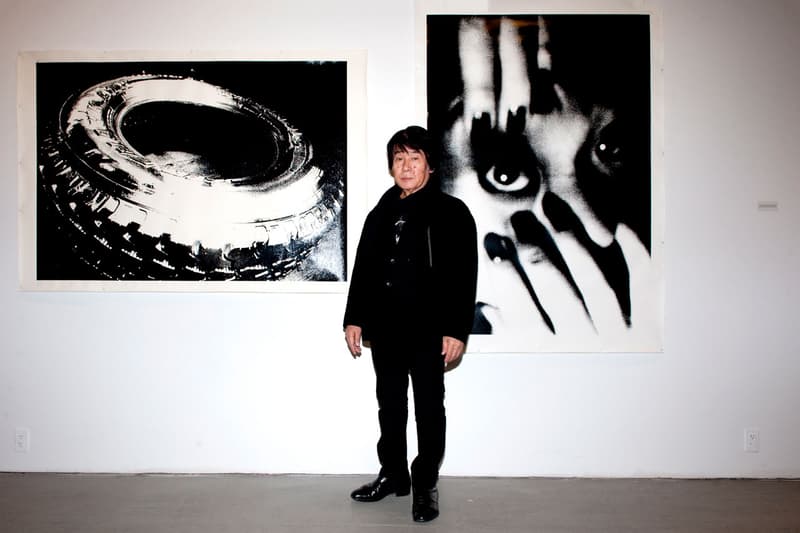
The pioneering work by Daido Moriyama has defined what we know as street photography today. The seminal artist is most-recognized for his maniacal shooting style, having relentlessly captured street snapshots of Tokyo’s urban sprawl since the 1960s.
The subjects across Moriyama’s earlier black-and-white images depict random passersby, outsiders and everyday scenes in the Japanese capital. These grainy and highly-contrasted visuals evoke the attitudes and traditional values of postwar Japan. In recent years, Moriyama has favored digital color images that portray new subjects and locations across Japan. His prolific career as a photographer spans a whopping five decades.
To celebrate his progressive oeuvre, Hong Kong’s Simon Lee Gallery is currently hosting a survey on Moriyama. The presentation features a diverse range of his signature works (both analog and digital). “Characters such as back-street boxers, strippers, and gay prostitutes figured in his signature black-and-white, grain-heavy style,” said the gallery. “Citing Jack Kerouac’s On the Road as one of his greatest influences, his photographs are a record of his wanderings, in which the journey is as important as the destination. ”
We interviewed Moriyama to discuss his new show, how his shooting style evolved over the years, and upcoming projects. Read the interview below.
HYPEBEAST: You pioneered a unique approach to shooting street photography. Tell us about how your shooting style evolved over time?
Daido Moriyama: Basically, I don’t change my style, but when we talk about the street snapshots, the whole world changes as time goes by.
From urban landscapes to portraiture, what subjects are you most inclined to capture now?
In the collection which will be published around the middle of next year, I would like to edit a variety of photographs on urban landscapes and nudes.
You’ve shot countless photographs, how do you select the ones you want to display in a series or make public?
I don’t think of my photos as a series, rather, I think of the photographs that I have taken from my youth to the present as one series.
Throughout your prolific career, what were some of the most difficult obstacles you had to overcome?
When I was shooting “Farewell Photography” in 1972, I was confused by various perceptions of photography, and the collection was made as a result of my confusion. However, I’m glad I made that collection.
“What I hope is that many people can see my works” – Daido Moriyama
You’re proficient in analog and digital. Which one do you prefer most and why?
Basically, I think photos should be taken, so it doesn’t matter which is better. I am currently using a digital camera. I think it’s suitable for shooting on the street because you can take many pictures.
Your street photography in Japan is widely known across the globe. Did you ever think that your photos would attract such a massive audience?
I always had the desire to show what I took, but I didn’t expect the reaction. What I hope is that many people can see my works.
Due to social media, photos are being shared at a rapid-fire rate. How involved are you in social media? What are your thoughts on this modern-day platform?
I am not involved in any social media. I think it is very good for photography if more pictures are taken and shared. By doing this, I think possibilities could be broadened.
What projects are you currently working on now?
I have many exhibition invitations to show my works in Japan and overseas, so I am currently deciding on my next steps. Also, I would like to take more photos every day.
Daido Moriyama’s exhibition at Simon Lee Gallery, Hong Kong is on view until December 20.
Simon Lee Gallery, Hong Kong
304, 3/F The Pedder Building
12 Pedder Street
Central, Hong Kong
In other notable presentations, Skarstedt Gallery is currently displaying monumental works by George Condo in New York City.












